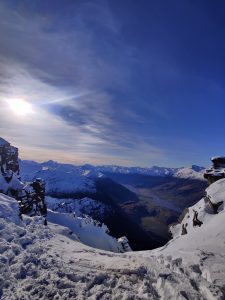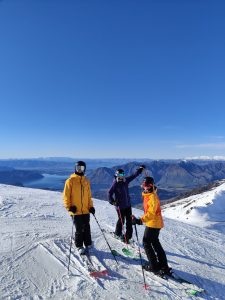It’s the middle of the snow season so it’s a good time to talk about ski injuries. AND its probably what a lot of us (including myself) are desperate to get back out doing!
Participating in snow sports is very popular across all ages where we live here in Wanaka. Skiing and snowboarding is a lot of fun with a wicked adrenaline rush but inherently carries a risk of injury. People of all levels of experience beginners, through to alpine racers are all at risk of significant injuries that can impact on their day-to-day lives. Together from the research and what we see in the clinic, what DO we see the most…
Upper body
Upper limb injuries are 3x as common in snowboarding than in skiing due to not having poles to brace the fall, the upper body has to absorb the forces. 50% of the injuries are fractures, with the wrist consisting of 25% of the total injuries.
Typical shoulder injuries are rotator cuff injury, dislocations, collarbone and humerus (upper arm bone) fractures.
Thumb injuries are arguably the most common single skiing injury, so common that one ligament injury is known as “Skier’s thumb”.
Skier’s thumb is an injury to the ulnar collateral ligament (UCL) of the thumb. It occurs when the thumb is forced out and backwards. Imagine a skier falling and catching the thumb in the snow, or with a ski-pole in hand. The ligament can tear off the bone completely, or only partially. It is important to get a doctor or physiotherapist review to determine the extent of injury as if left undetected, can lead to on-going pain and a weak pincer grip due to the instability there.
Knee
The knee is the most common site of injury, 20-30% of all injuries, with the most common injuries being a grade 1-2 sprain of the medial collateral ligament (MCL). Closely followed by injury to the anterior cruciate ligament (ACL). Knee injuries, especially ACL injuries, are substantially higher among female skiers.
Ankle
The ankle accounts for 30% of all snowboarding injuries, and 5% of all skiing injuries. For skiers, this predominantly occurs in soft shell boots. With hard shell boots more likely to have an injury above the level of the boot such as a tib/fib fracture.
Spinal
Snowboarders commonly fall backwards. Therefore, this accounts for more spinal injuries due to the increased axial load, including injury to the coccyx. Fractures of the spine and coccyx are more common in skiers who have osteoporosis (thinning of the bones).

Head
10% of all injuries up the mountain comprise of the head and concussions, it tends to be higher in males and in snowboarders. A huge uptake towards wearing helmets, are thought to reduce head injury risk by 30-35%; and even more so in children.
In summary
Physiotherapists are experts in diagnosing and treating musculoskeletal injuries, if you suspect an injury get yourself checked out; we don’t want to miss any more days out there on the slopes!
(Photos taken by Kerry, our physio, out skiing with her friends this year at TC!)

